I am trying to fill the area under a time series line based on a factor value of 0 and 1. The area should only be filled if the value is equal to 1.
I have managed to colour code the time series line based on the factor value with the following code:
install.packages("scales")
library("scales")
library("ggplot2")
ggplot(plot.timeseries) +
geom_line(aes(x = Date, y = Price, color = Index, group = 1)) +
scale_x_date(labels = date_format("%Y"), breaks = date_breaks("years")) +
scale_colour_manual(values = c("red3", "green3"))
This provides the following graph:
I have also tried this:
ggplot(plot.timeseries, aes(x=Date, y = Price, fill=Index)) +
geom_area(alpha=0.6) +
theme_classic() +
scale_fill_manual(values=c("#999999", "#32CD32"))
which comes out as a complete mess:
Ideally the final result should look like plot1 where the parts of the line in green are filled.
The time series data can be accessed here:
https://drive.google.com/file/d/1qWsuJk41_fJZktLCAZSgfGvoDLqTt-jk/view?usp=sharing
Any help would be greatly appreciated!



